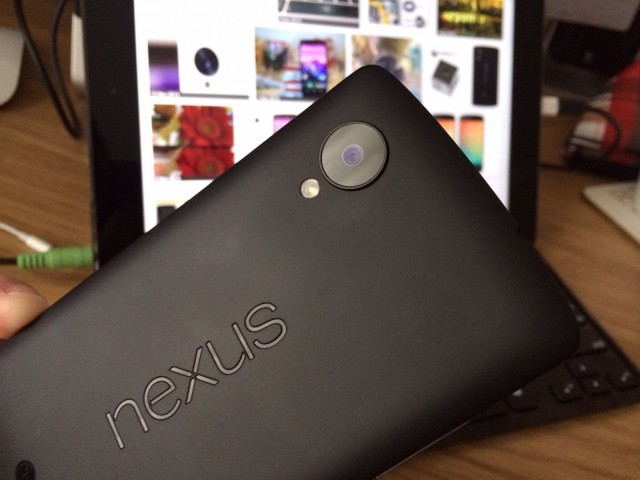Android 4.4.1 Is On Its Way, And It’ll Fix Your Nexus 5’s Camera
As I’ve mentioned before, I have few complaints about the Nexus 5, but I have been hugely disappointed with its camera. It’s lacking features that are now commonplace on other flagship smartphones, and it’s so slow that unless your subject is completely still, it’s impossible to take a clear photo.
Fortunately, Google has acknowledged these issues and promised a fix, and it’s coming in the form of Android 4.4.1 which will roll out over the next few days.
The Verge has been speaking to Dave Burke, Google’s Director of Engineering for Android, who has detailed the changes the company is making to fix the Nexus 5’s camera. One of the areas that will see the most improvement is autofocus, which will in turn improve other aspects of the shooting experience.
As things stand, the Nexus 5 is painfully slow at snapping photos. It’s not necessarily because the software is slow, but because of the way it handles optical image stabilization to get better low-light photographs.
“There’s a tendency to say, ‘oh, we have this cool thing that stabilizes, so lets make the shutter time longer, reduce the gain even longer, and get better shots,’” Burke said, and it does work… kind of. But in good lighting, it simply means the Nexus 5 takes longer to snap a photo — making moving subjects very difficult to catch.
So Google has addressed this by speeding up the framerate and increasing the speed at which the camera reads its surroundings. As a result autofocus has improved, as has exposure and white balance.
There are also speed improvements elsewhere, making the Nexus 5’s camera “feel faster across the board,” reports David Pierce of The Verge. The Camera app even loads a full second quicker than it does in Android 4.4.
“The Nexus 5 just inspires confidence in a way it never did before,” Pierce says. “It doesn’t take six tries to get a picture in focus, because the camera doesn’t re-focus again as soon as you hit the shutter. It just fires, and far more often than not gets a crisp, clear photo.”
Other improvements include a progress indicator when using HDR+ mode, which is naturally slower because of the way in which it works; and contrast improvements that make for better color.
It’s not completely perfect yet, though, and there’s still plenty of room for improvement in certain areas — particularly low-light shooting. But Google promises it’s going to keep working to make it as good as it can be.
- ViaThe Verge




